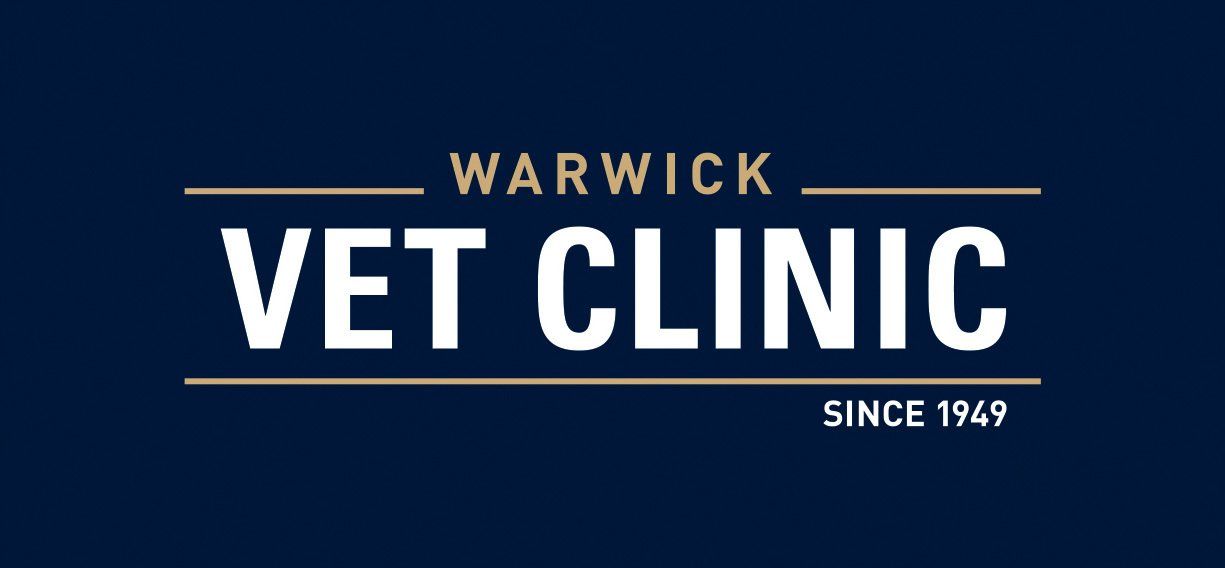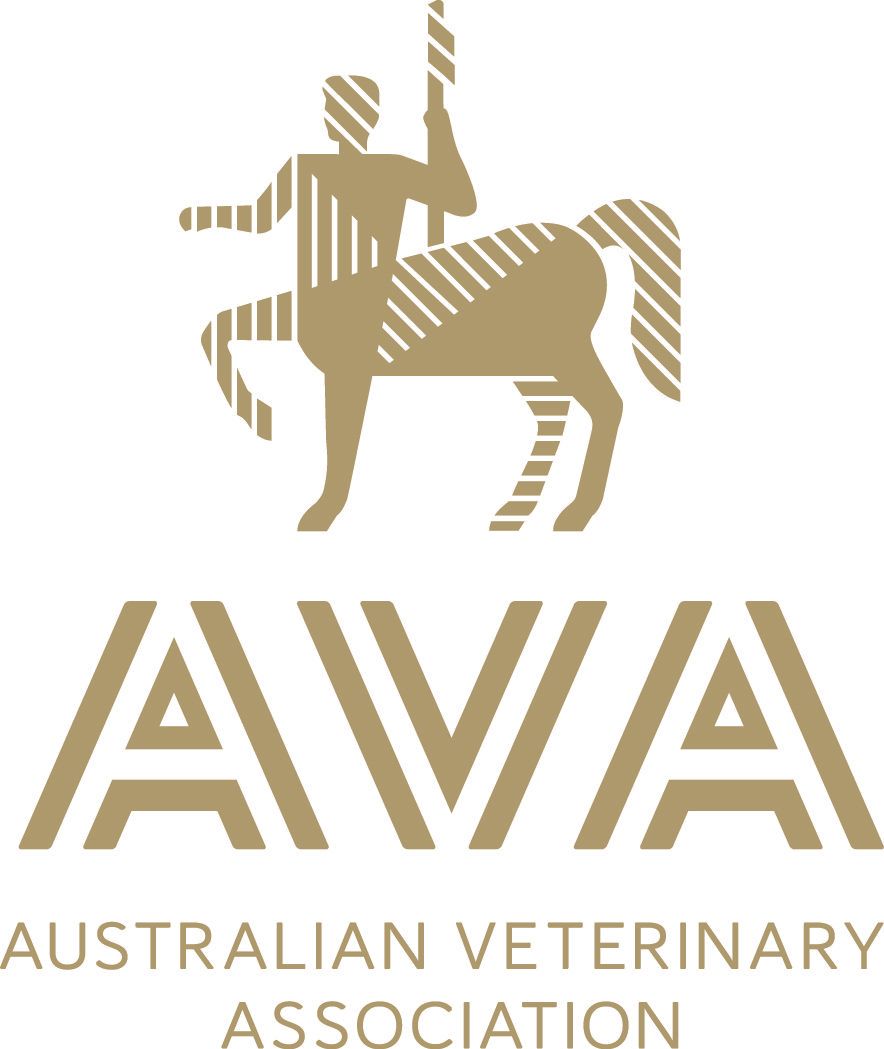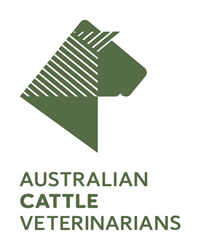BREEDING YOUR HORSE
Our equine team routinely perform artificial insemination to breed mares and can assist with the reproduction health of your horse. Read on to find out more.
ARTIFICIAL INSEMINATION IN MARES
Artificial insemination is a technique to breed mares used at the Warwick Vet Clinic and is recognized by many breeding organizations such as Stockhorses, Warm-bloods, Quarter-horses, and Standardbreds. The thoroughbred industry only allows mares to be bred via natural service and the technique is presently being considered by the miniature horse breed association.
The keywords for breeding mares successfully with shipped cooled semen are management and communication. Mare owner, stallion manager and veterinarian must communicate well to coordinate semen shipment and the timing of the mare’s ovulation.
Using this breeding technique, it gives the mare owner a greater variety of stallions to choose from, it eliminates cost and stress of mare and foal during transport and reduces the likelihood of disease transmission between farms and through direct breeding contact.
First cycle conception rates tend to be lower with shipped cooled semen compared to natural breeding and owners must be prepared for this lower fertility rate. To ensure good communication it is important for owners to contact the stallion manager at the start of the breeding season to obtain information about the stallion’s semen collecting days, availability over the breeding season, longevity of the stallion’s semen, first cycle pregnancy rate and method of transportation used (same day or overnight). The mare owner should also inquire about the cost stallion breeding fee, collection and preparation of semen.
The breeding costs reflect a more labour-intensive method of breeding. Multiple follicle tests are usually performed on the mares to synchronise the most suitable time for insemination. The insemination dose should contain at least 500 million progressive motile sperm and the mare should be inseminated as close as possible to ovulation. Pregnancy rates are higher if mares are bred before and within 24 hours of ovulation. After 24 hours, the mare’s reproductive tract should be re-examined for ovulation and any fluid accumulation. The first pregnancy test is usually performed between 14 – 16 days post ovulation.
The Warwick Vet Clinic routinely performs artificial insemination with chilled semen each year. Contact the equine team for further information and advice.
Read More
Read Less
ENDOMETRISIS IN MARES
-
What is Endometritis?
Endometritis is inflammation of the lining of the uterus in mares. It can greatly reduce the fertility of mares and may often lead to a horse taking a longer period of time to get pregnant and consequently produce a late foal the following year or make mares miss a breeding year all together.
-
Common Causes of Endometritis
The most common cause of endometritis is bacteria. Yeast and fungi infections can also be a problem in chronic infections. In addition, semen can lead to inflammation in some mares. Mares with fluid in the uterus detected by ultrasound scan 12 hours after mating fall into the category of mating induced endometritis and are usually termed ‘high risk mares’.
Normally mares have anatomical barriers to prevent the movement of unwanted bacteria and debris into the uterus. If these are damaged or torn at the time of foaling or from just old age or weight loss, the risk of endometritis occurring increases. Such mares may require a surgical operation such as a Caslick repair to improve the defence barrier against endometritis.
-
Diagnosis of Endometritis
Diagnosis of uterine inflammation usually requires a sterile swab to be taken from the endometrium whilst the mare is on ‘season’. The presence of bacteria along with a high number of white blood cells indicates treatment is required to improve the chances of a conception.
A biopsy of the uterine wall can sometimes be required to determine the exact reason for infertility and to rule out if fibrosis or scarring is present. If so, the likely chance of the mare being a potential breeder may decline.
-
Treatment of Endometritis
The treatment of endometritis in mares following the correction of any anatomical defects, relies on improving fluid clearance and suppressing bacterial numbers.
Endometritis treatment can include:
Oxytocin
Oxytocin is a drug commonly used to improve uterine contractility and clearance of fluid.
Exercise
Exercise can aid with the clearance of fluid, especially in older mares which have had numerous foals.
Saline Flushing
Warm saline flushing can remove the debris collected post mating. The flushing can be performed from 6 hours after mating. Antibiotics are often used to treat the unwanted bacteria present and the choice of which antibiotic to use is often based on the swab result taken a few days prior to cover.
Equine Plasma
The use of equine plasma can improve conception rates in barren mares but the debate as to whether this is the reason for improved conception in some mares is ongoing.
Mycobacterium
We also use a cell wall extract of Mycobacterium as an immune stimulant in mares with endometritis and it has shown good clearance of fluid in high risk mares. The drug, when give before cover, appears to lead to a reduced rate of post breeding inflammation in these susceptible mares.
CONTACT A CLINIC
For further advice on the health care of your animals, contact the professional team at the Warwick Vet Clinic for a consultation
CONTACT A CLINIC
We will get back to you as soon as possible.
Please try again later.
HEALTHY ANIMALS ARE HAPPY ANIMALS
The latest animal care information from our experienced veterinarians.
OUR CLINICS
WARWICK VETERINARY CLINIC
Opening Hours
Mon - Fri: 7:30am to 6:00pm
Sat: 8:30am to 12:00pm
Warwick West Vet Clinic
Opening Hours
Tuesday and Wednesday:
8:30am to 5:00pm
ALLORA VETERINARY CLINIC
Opening Hours
Monday - Friday:
8:30am to 5:00pm
CLIFTON VETERINARY CLINIC
Opening Hours
Tuesday, Wednesday and Friday:
9:00am to 4:00pm
Warwick Vet Clinic. Website by dms CREATiVE









